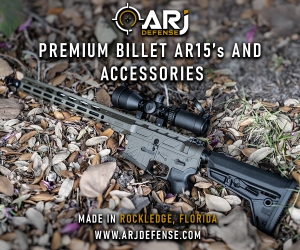I disagree somewhat with the magwell hold since it really depends on your stance and what kind of shooting you're doing, and definitely disagree with extending the stock all the way. An adjustable stock fits me much better on the second or third notch, not all the way back. If you're 6' or taller, then #4 should be where you set it, though. I even find that I don't entirely like the A2 stock, as it's a touch long for me, and the A1 is a much better fit...
Remember that "how the military does it today" is about 5 years behind the curve. Really.
Remember that "how the military does it today" is about 5 years behind the curve. Really.

.png)




